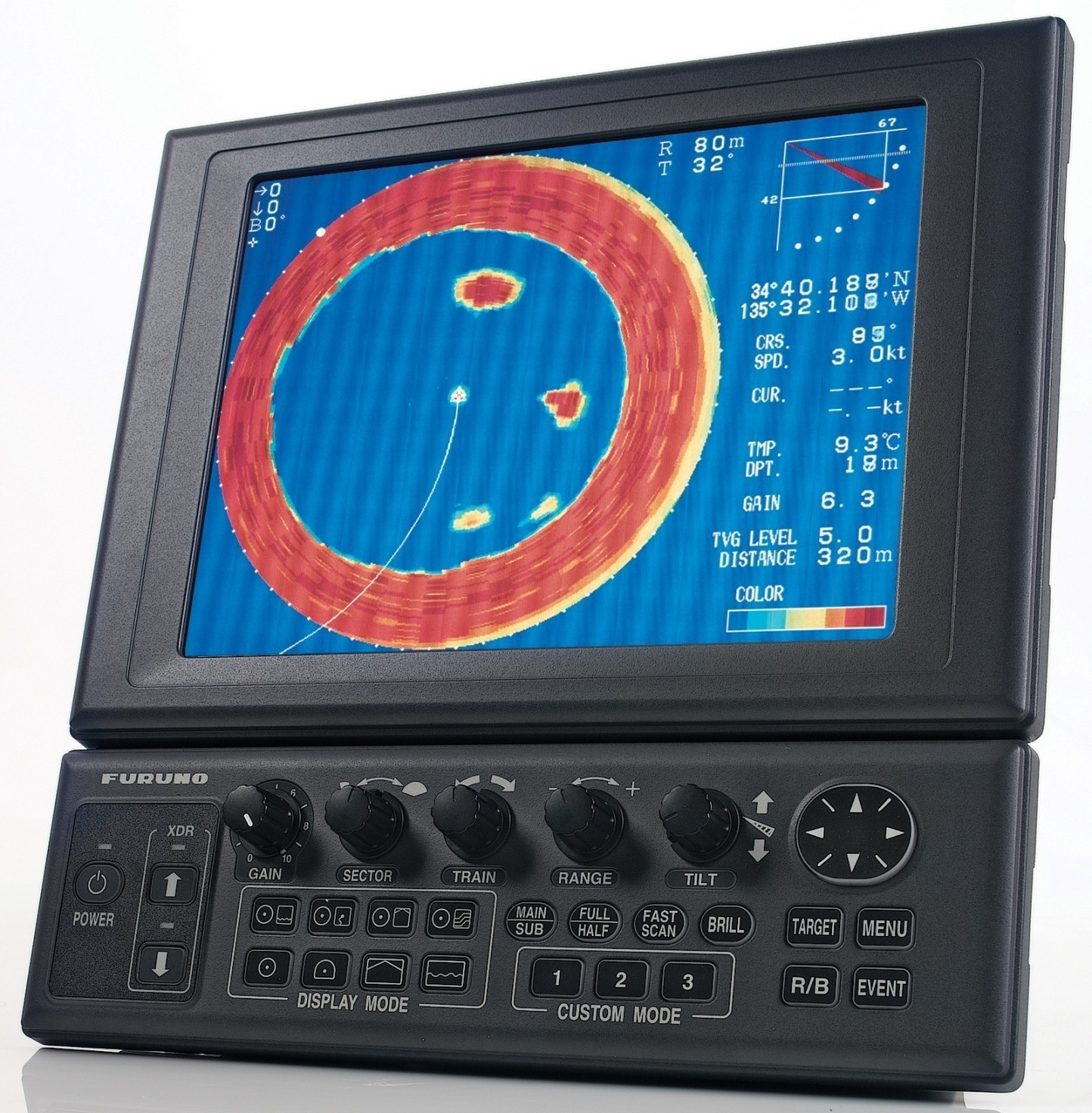

Marine SONAR, Transducers, and Current Indicators
Marine SONAR is an essential tool for underwater navigation, object detection, and fishing success. From active and passive sonar to current indicators and transducers, these tools give operators the visibility they need to avoid obstacles, locate fish, and stay safe on the water.
Rugged, reliable, and vital for success in marine environments, SONAR systems today offer advanced capabilities once reserved for military use. Whether you're a commercial captain or recreational boater, a modern sonar setup helps ensure smoother navigation and better catches.
New to SONAR? Learn more from these expert-level guides by Steve Dashew: Understanding Marine SONAR – Navigation and Orientation (Part 1) and Advanced SONAR Usage for Coastal and Offshore Safety (Part 2).
History and Principles of SONAR
SONAR—short for Sound Navigation and Ranging—operates by emitting sound pulses and analyzing the echoes that return from underwater objects. Originally developed for military applications such as submarine detection, today's SONAR systems are refined for civilian use, offering high-resolution imaging and user-friendly controls. Modern units, like the Furuno CH270 used by marine expert Steve Dashew, allow for precise directional targeting and dual-view displays, making them invaluable for both shallow and deep-water operations.
Using SONAR for Navigation
SONAR enhances safe navigation by providing real-time visual feedback of underwater terrain. In tight harbors or poorly charted channels, horizontal scans with minimal tilt angles are ideal. Steve Dashew’s real-world experience shows that SONAR can detect docks, shoals, and even other vessels at close quarters—critical in environments where radar and charts may fall short. When offshore, adjusting the tilt for optimal bottom contact allows mariners to gauge seabed contours and detect shoaling waters up to 500 feet ahead at cruising speed.
For added safety during watches, many systems include an audio output that varies with signal strength—allowing the operator to detect potential hazards even without direct visual monitoring. Dashew notes this audio cue can be a key backup for small crews on long passages.
Operational Tips and Limitations
While SONAR is a powerful tool, it has limitations. Aerated water from wakes or turbulence can obscure images. Shallow angles like breakwaters may not reflect well, and biological clutter or thermoclines can mask hazards. Practice and familiarity are essential; Dashew advises learning to interpret imagery in known locations before relying on SONAR in unfamiliar waters.
Transducer placement also matters—shallow mounts may detect wakes and turbulence better but can suffer more from interference. It's also crucial to understand that wake turbulence (yours or others’) can temporarily blind the system, requiring patience and possibly repositioning.
Explore SONAR Brands

For sonar specs, installation guidance, and more, explore each manufacturer's product line.

















